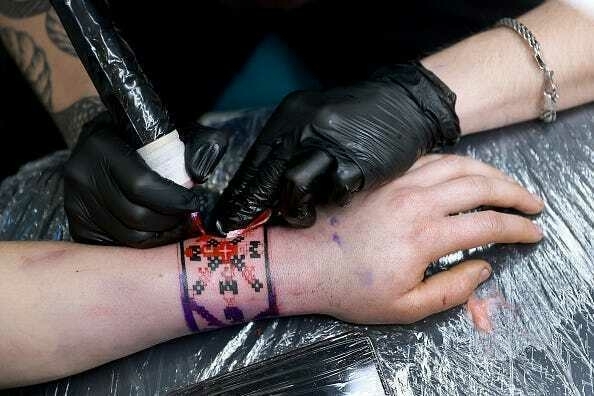Editor’s note:
NEW PAID SUBSCRIBER BENEFIT: We’ll begin regularly streaming our editorial meetings so you can get a behind the scenes look at how we come up with our ideas and writing. Below, beneath the paywall, see our latest livestream of an editorial meeting!
We will keep you up to speed with human-centered journalism you won’t find anywhere else. Support us if you believe this sort of reporting needs to find a way out into the world.
The needle painfully pierces my skin. But I don't really notice it.
All I can think about is the conversation with my mom, that once again, a reflection of my identity will appear on me.
"Can’t you just admire Ukrainian art elsewhere, not on your own body?"
She’ll definitely be upset. But no, mom, I can’t.
If the Russians are destroying Ukrainian art, at least it will remain on my skin.

Since the full-scale invasion of Ukraine, tattoos have become a nationwide trend, with patriotic designs now embraced by military personnel and civilians alike. Tattoos have become not only a constant reminder of personal identity but also a new form of national memory and protest.
Their adoption of new meanings reflects the gradual progress of Ukrainians in reshaping their views, rethinking their Soviet legacy, and becoming more open to new phenomena.
However, despite this shift, it’s still quite difficult for my own family. Firstly, I’m a woman. They aren’t ‘supposed’ to have anything on their bodies. And secondly, I’m not an inmate – tattoos are sometimes associated with prison, even as a joke.
After the paywall:
How Soviet-era criminals used tattoos to tell their life story;
How has the perception of tattoos among Ukrainians changed since the war;
Why is it now deadly for Ukrainians to wear patriotic tattoos;
What tattoo Mariana finally got.

